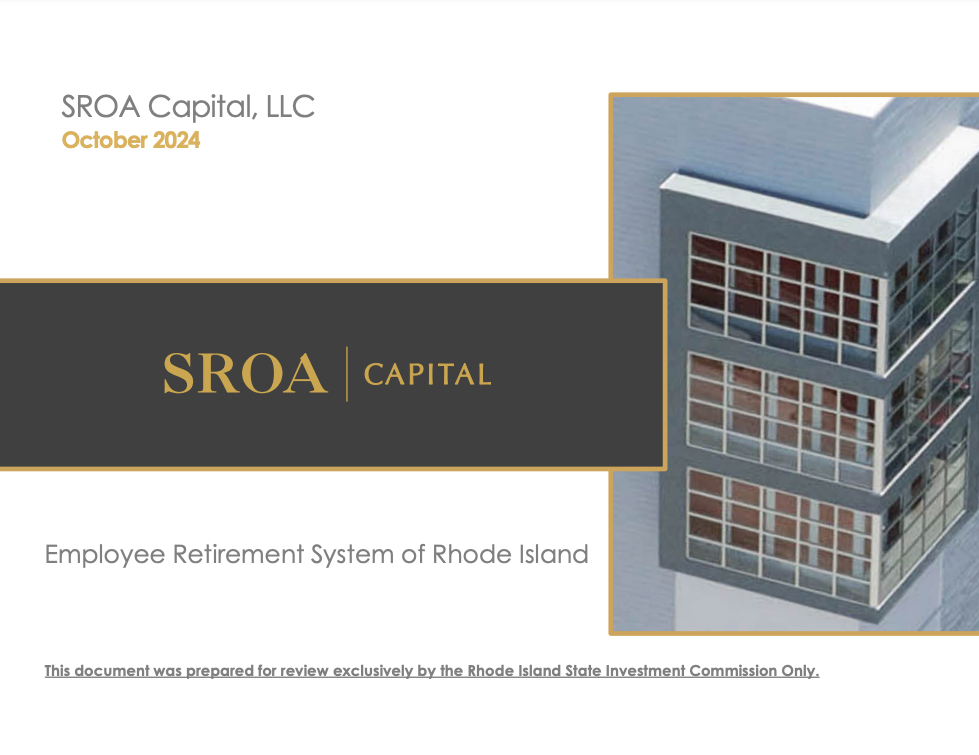
The underdog advantage?
---- Megatrend: Consolidation ----
Yesterday we posted about how the Apollo/Bridge acquisition is emblematic of rapid consolidation within the CRE investment management space.
https://lnkd.in/gJHrGMX7
Large real estate investment managers keep getting bigger, forcing everyone else to adjust.
Does that mean smaller funds can’t compete? Not necessarily.
---- Mid-Sized Fund Example ----
SROA Capital is an example of how a specialized, mid-sized manager can carve out a competitive edge. Their approach highlights five strategies that seem to be working:
1. Specialization Over Scale
Large managers cast a wide net across asset classes. Smaller funds can win by focusing on niche markets where deep expertise creates an advantage. SROA, for instance, targets self-storage, a highly fragmented sector dominated by non-institutional owners.
2. Off-Market Sourcing
Mega-funds typically require large portfolio deals, often limiting them to marketed processes. Smaller funds can focus on sourcing individual assets and direct-to-owner transactions, avoiding competitive bidding wars. Nearly all of SROA’s acquisitions have been off-market.
3. Operational Value Creation
Rather than relying solely on market appreciation, specialized firms can create value through hands-on management, branding, and technology-driven efficiencies. For example, SROA enhances revenue through proprietary rate optimization and centralized marketing, driving NOI growth.
4. Investor Alignment and Flexibility
Larger firms often have rigid structures and bureaucratic decision-making. Smaller funds can offer tailored investment structures, align interests with LPs, and remain nimble in capital deployment. SROA has structured funds to optimize long-term returns without typical GP-favorable features like catch-up fees.
5. Strategic Exit Planning
Rather than competing with institutional buyers, mid-sized funds can build portfolios designed for acquisition. Aggregating smaller assets into an institutional-quality platform can create a natural buyer pool among REITs and larger managers, allowing for a premium exit.
The trend toward consolidation is real, but opportunities still exist for those who focus on specialization, sourcing, and operational execution.
Independent platforms that can demonstrate a differentiated strategy and strong execution still have room to thrive.
Who gets your vote: Blackstone or SROA?
Read the full report here.
PS - As always, this post is intended purely for educational discussion and is not investment advice or an endorsement of any platform or investment opportunity.

COMMENTS